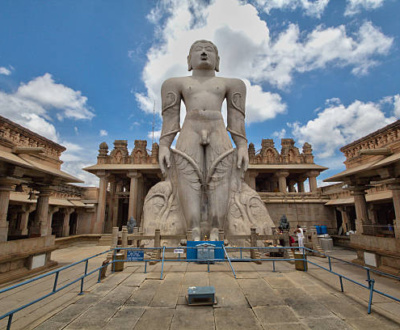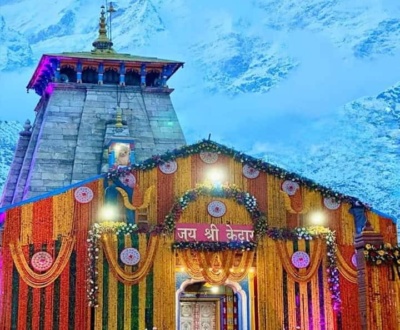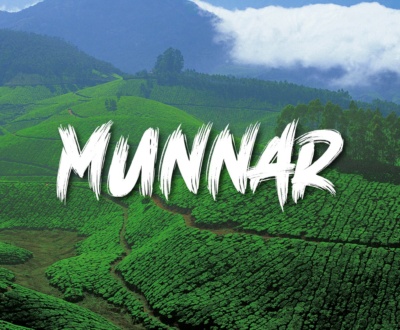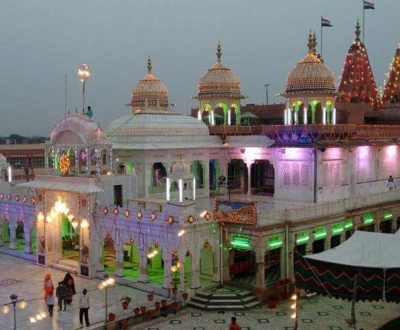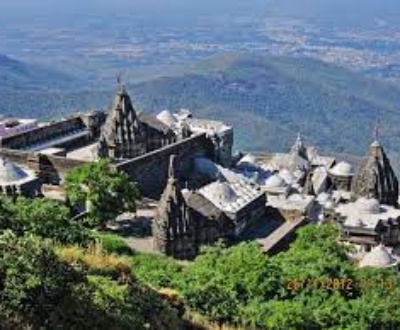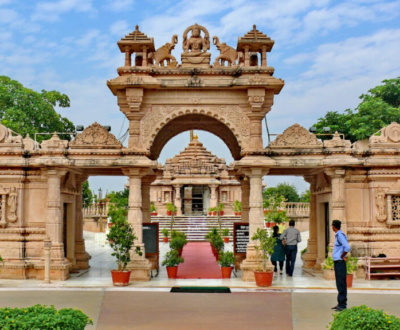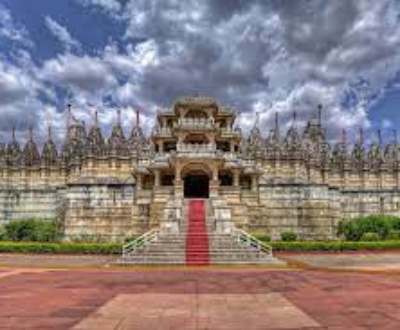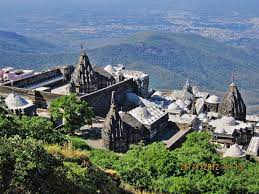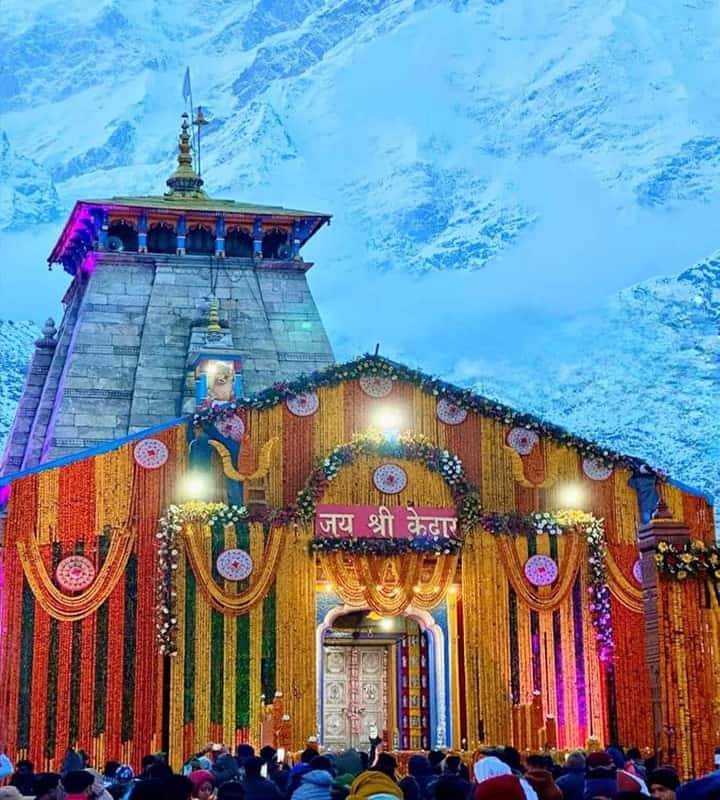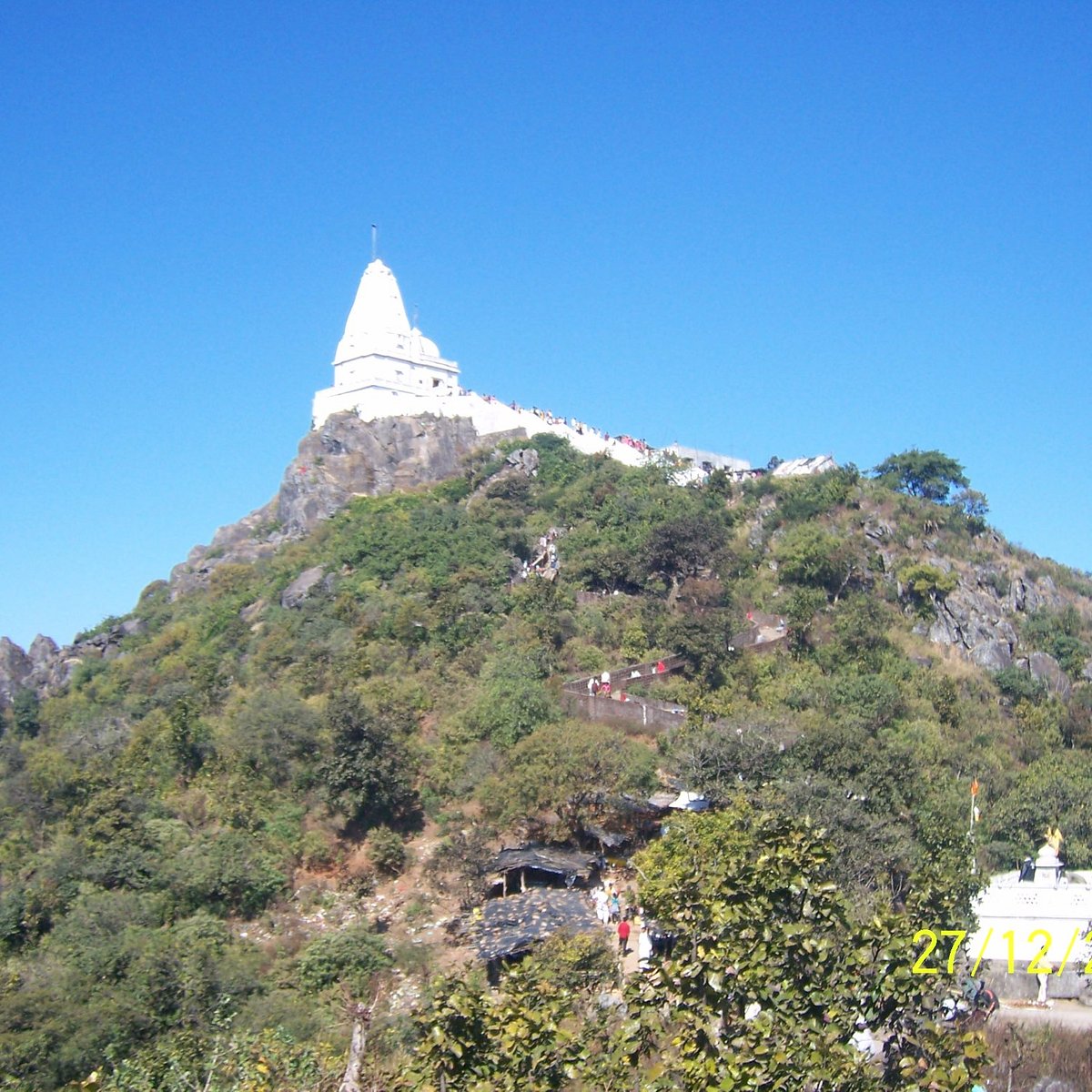Mangi Tungi, Maharashtra: A Spiritual and Natural Gem of Western India
- September 14, 2023
- Travel
Mangi Tungi: Maharastra is a pair of twin peaks located in the Western Ghats of Maharashtra, India. These peaks hold great religious significance in Jainism and are renowned as a pilgrimage site for Jain devotees. Here, we will delve deeper into the details of Mangi Tungi, exploring its geography, religious importance, history, and significance in the Jain tradition.
Nestled in the Sahyadri Range of the Western Ghats in Maharashtra, India, Mangi Tungi stands as a remarkable blend of natural beauty, spirituality, and cultural significance. These twin peaks, Mangi and Tungi, are renowned as one of the most sacred sites for the Jain community and attract not only pilgrims but also nature enthusiasts and adventure seekers.
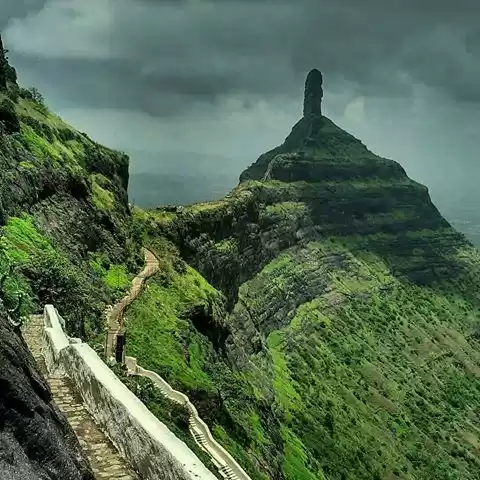
Geography and Location
Mangi Tungi, situated approximately 125 kilometers from Nashik, is part of the Nashik district in the state of Maharashtra, India. These twin peaks rise majestically from the Western Ghats, offering breathtaking views of the surrounding landscapes. The region’s geographical coordinates are approximately 20.9496° N latitude and 73.6836° E longitude.
Mangi Tungi is part of the Dindori Taluka in Nashik district and is easily accessible from Nashik city by road. The base village for this pilgrimage site is Wadiware, which serves as a starting point for treks to the twin peaks.
Religious Significance
Mangi Tungi holds immense religious significance for the Jain community and is considered one of the holiest sites in Jainism. The twin peaks are revered as the sacred abode of Lord Rishabhanatha, the first Tirthankara in Jainism. According to Jain scriptures and mythology, it is believed that Lord Rishabhanatha, also known as Adinatha, meditated here for several years, attaining spiritual enlightenment and liberation (moksha).
The footprints of Lord Rishabhanatha are said to be imprinted in a rock formation at the base of the peaks, known as “Charan Paduka.” This site is a place of profound devotion for pilgrims who seek blessings and spiritual solace.
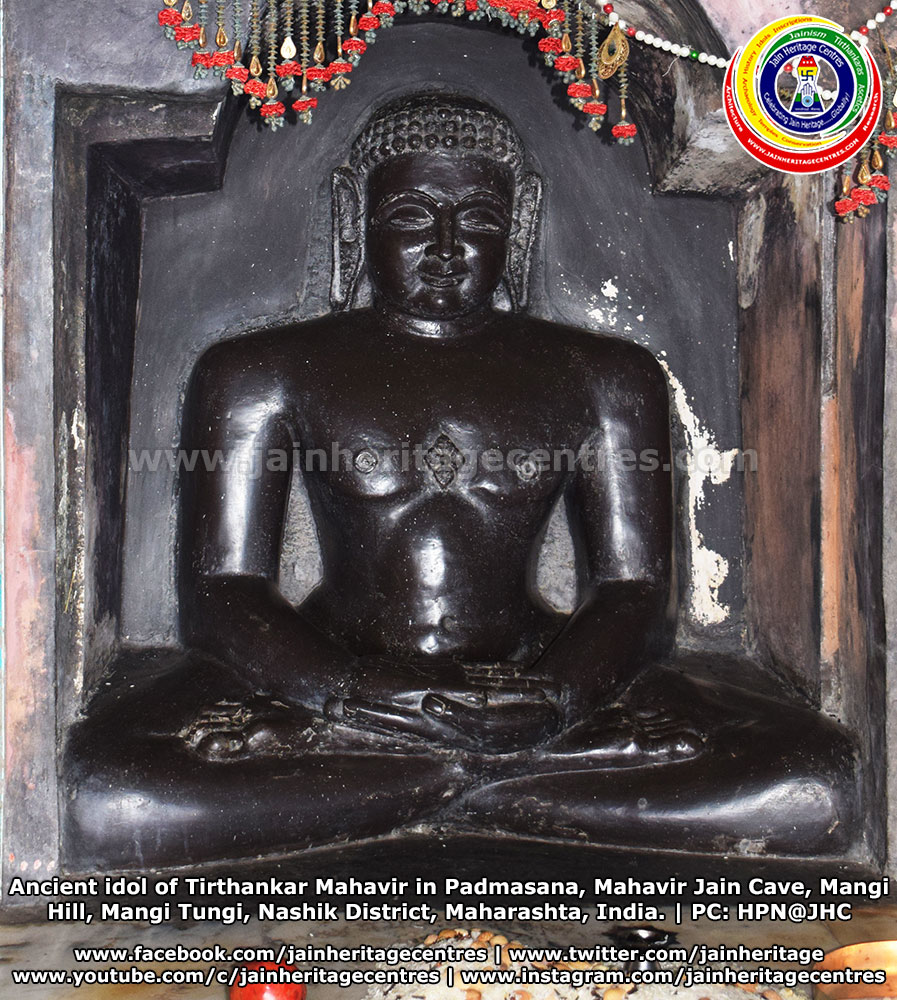
History and Legends
The history of Mangi Tungi dates back centuries and is intertwined with Jainism’s rich traditions and legends. The pilgrimage site has been a place of worship and reverence for Jain ascetics and followers since time immemorial.
One of the most famous legends associated with Mangi Tungi is the story of King Bharata, the son of Lord Rishabhanatha. According to Jain texts, King Bharata renounced his kingdom and worldly possessions to become a Jain ascetic. He is believed to have performed severe penance on these twin peaks. The image of King Bharata can be found on the summit of Mangi Tungi, further enhancing the site’s religious significance.
Another legend speaks of the “Gupti Jaina Mahatmya,” an ancient text that describes the spiritual glory of Mangi Tungi. The text narrates the significance of performing a pilgrimage to this sacred site and the spiritual benefits it bestows upon the devotees.
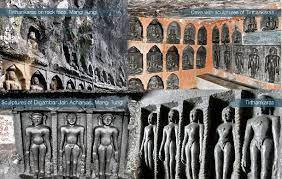
Pilgrimage and Religious Practices
The pilgrimage to Mangi Tungi: Maharastra is a revered tradition for Jain devotees, and it involves a trek to the summit of both peaks. Pilgrims undertake this arduous journey to seek spiritual enlightenment, purification, and blessings from Lord Rishabhanatha and King Bharata.
The pilgrimage season typically begins in the cool months of November and continues until February. During this period, the weather is favorable for trekking, and the natural beauty of the region is at its peak.
Devotees often undertake a fast and observe strict austerities during the pilgrimage, emphasizing self-discipline and devotion. The ascent to the peaks involves steep climbs, narrow pathways, and rocky terrain, making it a physically demanding but spiritually rewarding journey.
Upon reaching the summit, pilgrims pay their respects to the idols of Lord Rishabhanatha and King Bharata. They offer prayers, light lamps, and perform rituals as an expression of their faith and devotion.
Biodiversity and Natural Beauty
Beyond its religious significance, Mangi Tungi :Maharastra is a haven for nature enthusiasts and conservationists due to its rich biodiversity and stunning landscapes. The region is a part of the Western Ghats, a UNESCO World Heritage Site known for its exceptional biodiversity.
The flora and fauna of Mangi Tungi are diverse and include a wide range of plant species, many of which are endemic to the Western Ghats. The forested slopes of the twin peaks are home to various medicinal plants, herbs, and rare orchids.
The avifauna in the region is also diverse, with numerous bird species inhabiting the forests and cliffs of Mangi Tungi. Birdwatchers can spot species like the Malabar Whistling Thrush, Indian Pitta, and various raptors.
The lush greenery, cascading waterfalls, and panoramic views of the Western Ghats make Mangi Tungi a paradise for nature lovers and photographers. The sunrise and sunset views from the peaks are particularly mesmerizing, with the entire landscape bathed in warm, golden hues.

Conservation Efforts
Recognizing the ecological importance of Mangi Tungi and the Western Ghats, conservation efforts have been initiated to protect the region’s biodiversity. Several NGOs, government agencies, and environmentalists have collaborated to promote sustainable tourism practices and protect the fragile ecosystem.
Efforts are also being made to raise awareness about responsible trekking and waste management among pilgrims and tourists. The conservation initiatives aim to strike a balance between preserving the natural beauty of Mangi Tungi and facilitating religious and recreational activities.
Adventure and Trekking
Apart from its religious and natural appeal, Mangi Tungi offers thrilling opportunities for adventure seekers and trekkers. The trek to the summit of Mangi Tungi involves traversing rugged terrain and steep slopes, making it a challenging yet rewarding experience.
The most common trekking route starts from the base village of Wadiware. Trekkers follow a well-marked trail that takes them through dense forests, rocky paths, and eventually to the peaks. The trek is graded as moderate to difficult, and it can take several hours to reach the summit, depending on one’s fitness level.
As trekkers ascend the peaks, they are treated to panoramic views of the surrounding valleys and hills, creating an unforgettable adventure. The journey offers a sense of accomplishment and a deep connection with nature.
Conclusion
Mangi Tungi : Maharastra nestled in the Western Ghats of Maharashtra, is a place where spirituality, natural beauty, and cultural heritage converge. It is a site of profound devotion for Jain pilgrims who seek spiritual enlightenment and blessings from Lord Rishabhanatha.
The challenging trek to the twin peaks is not just a physical journey; it is a spiritual odyssey that allows pilgrims to connect with their faith and immerse themselves in the serene beauty of the Western Ghats. Mangi Tungi’s rich history, legends, and religious significance make it a place of deep reverence and pilgrimage for the Jain community.
Preserving the sanctity of this sacred site and safeguarding its ecological balance is essential to ensure that Mangi Tungi continues to inspire and spiritually uplift generations of devotees and nature enthusiasts alike.
More from our blog
See all postsRecent Posts
- Mangi Tungi, Maharashtra: A Spiritual and Natural Gem of Western India September 14, 2023
- Kashmir:- The Heaven On Earth September 14, 2023
- Gommateshwara Bahubali Temple, Karnataka: A Spiritual Oasis of Serenity and Grandeur September 14, 2023



